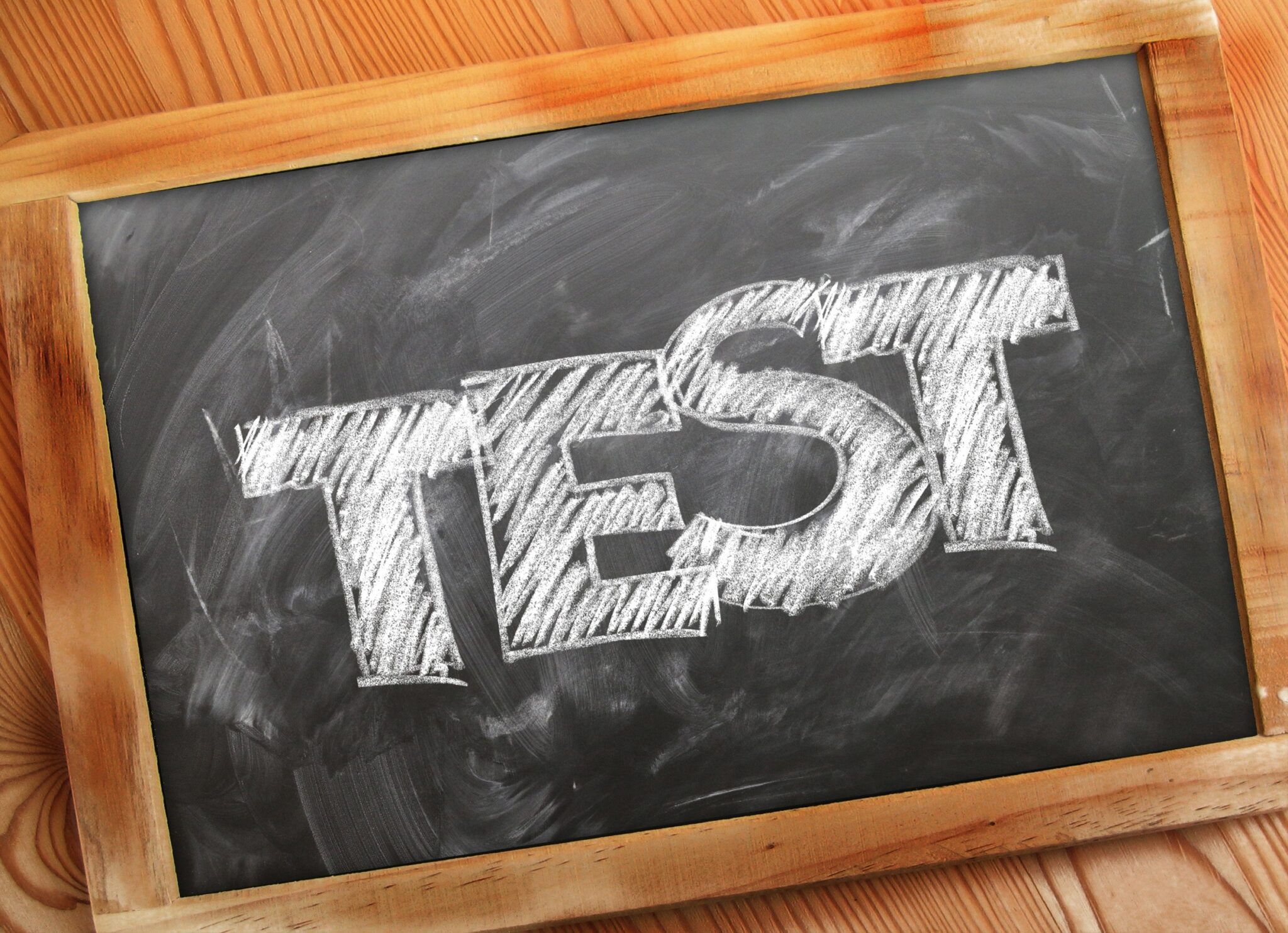Choir rehearsal participation using the 4 Ps.
Many students will participate at a marginally effective level when they know what is expected of them. Those same students will participate at an acceptable level when these expectations are taught and reinforced. They will perform optimally when they learn to hold themselves accountable for their own participation.
A choir rehearsal participation rubric can improve your rehearsal participation exponentially. In fact, a rubric is most effective when students learn to self-assess their own level of rehearsal participation. This can only happen when the rubric is clear, easy to fill out, and forgiving when students are a “work in progress”.
I recommend breaking down the choir participation into the 4 Ps:
- Preparation
- Performance
- Pencils
- Posture
As I explain each of the 4 Ps, these can all be self-assessed by your students daily using a choir participation rubric.
1. Preparation
Preparation is the expectation that the student has everything they need for the rehearsal. This can include having:
- a pencil
- their music/binder
- their electronic device
- anything due for class
2. Performance
Effective choir participation is demonstrated by the focus and engagement level of the student from start to finish. If the student was being videotaped with the sound off for the period, what level of performance would you see? I currently evaluate student engagement for the following in-class activities:
- the start of the rehearsal (right at the bell)
- throughout the warm-ups
- during ear-training/sight-singing
- while working on repertoire
- during periods of not singing (between activities, during discussions, etc)
3. Pencils (making markings)
Pencils overlap in two categories: Preparation and Pencils. A student can be prepared with a pencil, but if they don’t have it out during class, they should receive no credit in this category.
Pencils represent a student’s ability to make markings in their music. I evaluate the following for effective use of pencils:
- that the student has their pencil out at all times, beyond the warm-up
- they make markings when asked to
- they make markings on their own when they make a mistake
4. Posture (body alignment)
Body alignment is an important element of singing development. I evaluate the students on the following aspects of posture for choir participation:
- they exhibit proper body alignment during warm-ups
- they exhibit proper body alignment when sight-singing
- they exhibit proper body alignment when holding their music
- they exhibit proper body alignment when singing from memory
Besides the specific tasks listed above, there are also gradations in their level of success. For example, does the singer self-initiate proper body alignment all the time? Do they exhibit proper body alignment when I remind them?
Teaching Effective Choir Rehearsal Participation
First, know exactly what you expect from your singers. Put everything in writing and make sure it is clear and tangible. Next, go over these skills and expectations and practice them within the rehearsal. Third, continue to point these expectations out throughout the rehearsal process and positively recognize actions when they are occurring. Lastly, transfer the ownership onto your singers. Teach them to self-assess the four Ps.
Self-Assessing Effective Choir Rehearsal Participation using the Choir Rehearsal Participation Rubric
If you are using a paper rubric, I recommend having one paper that has 5 days per week on it. This allows a student to hand in their self-assessment once a week. Another effective approach for self-assessing daily choir participation is using a google form for self-assessment. I have used both and sell both of them as one product. Both forms have a total maximum daily score of 20 and weekly score of 100.
The paper form
When using the paper form, I hand out a new sheet each week. Each of the weekdays is worth 20 points. Students fill out the form 2 minutes before the end of class. At the end of the week, they sign and submit it. It works well because they can see their own strengths, weaknesses, and and progress being made each week. We also have the ability to walk over and look at their self-assessment; if we see they exhibited poor posture that day, we can easily walk right over and see if they are accurately self-assessing their participation.
The google form
The google form works well because each daily entry auto-populates onto my master spreadsheet with a time stamp. Students fill out this form two minutes before the end of class. I will know if they did based on the time stamp. Later on, I can sort the entire choir by date or by student. As a result, I can look at one student’s progress over the course of 2 months. The form is posted one time in their google classroom and they can access it from their chromebook or phone.
Final words on choir rehearsal participation using the 4ps.
Self-assessment is an important tool for success. It teaches students to hold themselves accountable, to be reflective, and to problem-solve. If we do not trust our students to accurately self-assess, it means:
- our mode for self-assessing choir participation isn’t effective (maybe it’s too punitive or not clear)
- we haven’t explained the choir participation rubric well enough
- we haven’t taught these actions well enough
- our students have not bought-in to what we are teaching
How To Teach Anyone To Match Pitch











Leave A Comment